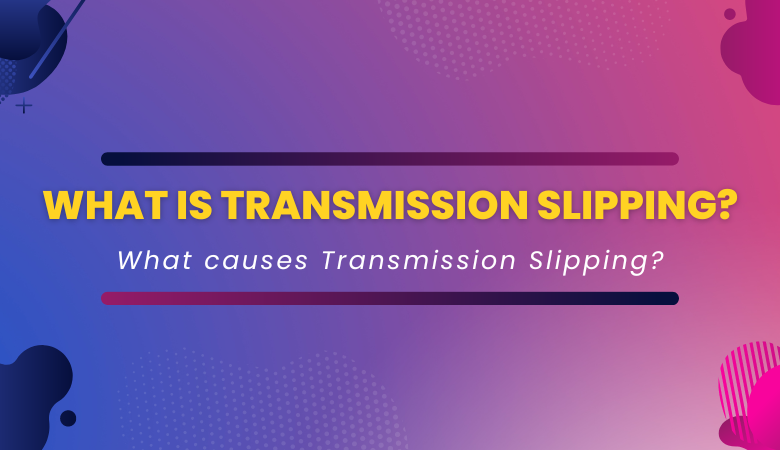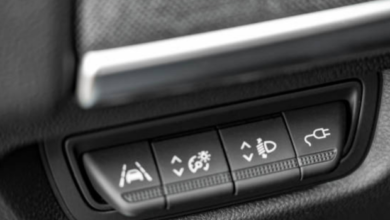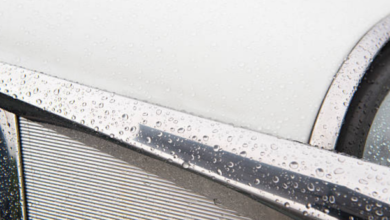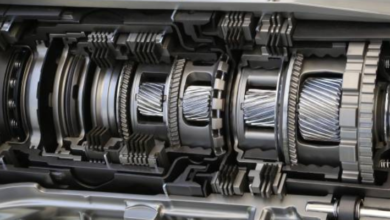What Causes a Transmission to Slip?

A transmission slip refers to a malfunction in the automatic transmission body (a gearbox) that causes it to move out of the desired gear accidentally or unable to stay in the selected gear. Visualize that you are driving on a highway, your car halts its natural movement and sort of starts to do a dance between gears, this is accompanied by losing power, doing this or you notice an abrupt engine RPM not synched with speed. Forget the feeling of being strapped upright in a Ferris wheel. This simply is the touching feel of slipping transmission for life. In overall it’s like the same situation as your car hesitates or, while you are driving, suddenly disengages from the current group and then create a disruption in an uninterrupted power transfer from the engine to the wheels.
This transportation transmission problem is commonly traced down to the only the oil. Visualize it as the main lifeblood parameter of a transmission fluid, where it performs functions as both a lubricant and hydraulic fluid that makes the gears in a car run much nicer. When the transmission fluid levels are low in your car, it is like running your engine without adding enough oil; the heat will build up therein, friction will increase and slipping can become one real risk. Routine observation of transmission fluid levels to uphold perfect grades of them could be an easier compulsory preservation measure to keep your transmission running seamlessly and prevent any nuisance like slipping gears.
Alongside weak linkage, transmission slipping can also be contributed to torque converter which is a key component regarding conducting the transfer of power from the engine to the transmission. In the case the torque converter has worn out or malfunction, this might cause sudden jerks during when gearshifts and slipping attempts. Imagine the floor to represent the street, while the engine is the flower girl, the transmission the groom, and the music the mundane music they all dance to. If one step is missed, the whole routine gets ruined. Solving problems with the torque converter, along with very thorough inspections of transmission bands and other wear components, could help keep your car transmission from slipping and would mean no more frustrated rides because the car is not driving smoothly during day to day driving.
What Causes Transmission Slipping?
Transmission slip is a common automotive issue that occurs when the transmission unexpectedly changes gears or has difficulty staying in the intended gear. This phenomenon can manifest as a sensation of the vehicle momentarily losing power or a noticeable increase in engine RPM without a corresponding increase in speed. Several factors contribute to transmission slipping, with one of the primary culprits being low transmission fluid levels. Inadequate fluid levels can result in poor lubrication, leading to increased friction and heat within the transmission, ultimately causing slipping. Regularly checking and maintaining proper fluid levels is crucial in preventing this issue.
Another main cause of transmission slip is a worn-out or malfunctioning torque converter. The torque converter is responsible for transferring power from the engine to the transmission, and any issues with this component can lead to slipping. Additionally, damaged or worn-out transmission bands, which help control gear changes, can result in slipping. Routine maintenance, such as inspecting and replacing worn transmission components, can go a long way in preventing slipping issues. Understanding the various causes of transmission slipping empowers vehicle owners to address the root causes promptly, ensuring smoother and more reliable performance from their vehicles. To know more about every cause in details please visit.




